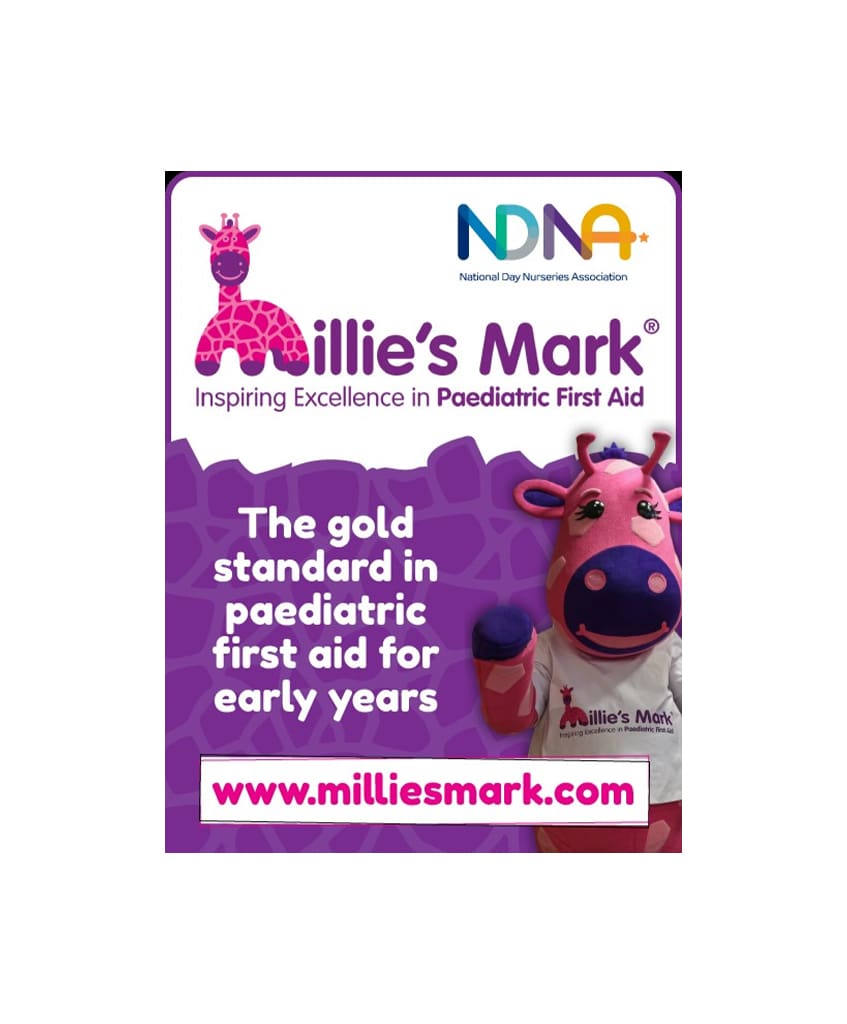Children are not aware of the implications of the many new situations that they encounter daily. Our blog looks at the 5 most common injuries in children and gives advice on how to keep them safe.
Children only have a limited perception of the environment around them due to their lack of experience or development. They are not aware of the implications of the many new situations that they encounter daily.
- 0-4-year-olds have the most accidents at home.
- Boys are more likely to have accidents than girls.
The main cause of injuries and deaths in children were;
- Choking
- Falls
- Poisoning
- Burns and scalds
- Drowning
Most of these could have easily been prevented. Read our advice below on what to do if you are ever faced with these situations.
Choking
Most choking incidents happen while they are eating or playing with small objects i.e. batteries. If the choking is mild you should be able to ask them ‘Are you choking?’. They will be able to cough or cry. If the choking is more severe they will be;
- Unable to cough
- Unable to talk or cry
- Breathing sounds wheezy or absent
- The skin may be flushed to start with and then go pale with blue tinges
- Rapid reduction in consciousness as oxygen runs out
How to help a choking child (over 1 years old)
- Shout for help but don’t leave them alone
- Lean them forwards and give 5 sharp back blows between the shoulder blades with the heel of your hand.
- If this still does not clear the obstruction, start doing abdominal thrusts. Place both arms around them and make a fist with 1 hand. Place it just above the belly button but below the ribs. Grasp this fist with your other hand and then pull sharply inwards and upwards. Do this up to 5 times.
- Repeat these steps and if it is still ineffective shout for help and ask them to call 999/112 for emergency help.
** If they stop breathing START CPR **
How to help a choking baby (under 1 years old)
- Shout for help but don’t leave them alone
- Sit of kneel and lay the baby over your lap, face down, head lowest, supporting the head
- Give up to 5 sharp blows between the shoulder blades with the heel of your hand.
- If this does not work turn them over and lay them on your arm. Support the head and lower it below the level of the chest.
- Use 2 fingers to give up to 5 chest thrusts. They are similar to chest compressions nut sharper and delivered more slowly.
- Repeat these steps and if it is still ineffective shout for help and ask them to call 999/112 for emergency help.
** If they stop breathing START CPR **
Falls
Falls were responsible for the most accident-related hospital admissions for under 5s – nearly 20,000 each year!
They were primarily caused by the following:
- Falls from furniture
- Falling downstairs
- Falls whilst being carried
- Falls from windows or balconies.
The main things to look out for after a fall are head and spinal injuries. Also recognising the signs of shock that could indicate internal bleeding or some other serious problem.
It is important to understand when and how to move someone if they have fallen.
Generally, you should only move someone who has fallen if they are in immediate danger or if they are unconscious and breathing and you are concerned about their airway.
Poisoning
Poisons can be swallowed, absorbed through the skin, injected, inhaled or splashed into the eyes.
Things that could cause poisoning are;
- household products i.e. bleach
- cosmetic items i.e. nail polish
- types of plants and fungi
- certain types of household chemicals/ pesticides
- carbon monoxide
- poorly prepared or cooked food, and food that’s gone mouldy or been contaminated with bacteria from raw meat – this could cause food poisoning
- alcohol, excessive amounts consumed over a short period of time (alcohol poisoning)
- recreational drugs/ substances
- medicines prescribed for pets
- Snakes and insects, such as wasps and bees, are not poisonous, but their bites or stings can contain venom (toxin).
Symptoms will vary depending on the type of poison and the amount taken in, but things to look out for include:
- being sick
- stomach pains
- confusion
- drowsiness and fainting fits
If a child suddenly develops these symptoms, they may have been poisoned, particularly if they’re drowsy and confused.
Get medical help immediately if you think child has been poisoned. Call 999 or 112.
Burns and Scalds
Burns and scalds are damage to the skin caused by heat. Both are treated in the same way.
A burn is caused by dry heat – by an iron or fire, for example. A scald is caused by something wet, such as hot water or steam.
Burns can be very painful and may cause:
- red or peeling skin
- blisters
- swelling
- white or charred skin
The amount of pain you feel is not always related to how serious the burn is. Even a very serious burn may be relatively painless.
To treat a burn, follow the advice below;
- get the person away from the heat source straight away to stop the burning
- remove any clothing or jewellery that’s near the burnt area of skin, including babies’ nappies, but do not move anything that’s stuck to the skin
- cool the burn with running water for a minimum of 20 minutes– do not use ice, iced water, or any creams or greasy substances like butter
- put a blanket round them to make sure they keep warm, but take care not to rub it against the burnt area
- after cooling the burn, cover the burn by placing a layer of cling film over it – a clean plastic bag could also be used for burns on your hand
- use painkillers such as paracetamol or ibuprofen to treat any pain
- raise the affected area if you can to help reduce any swelling
- if it’s an acid or chemical burn, dial 999, carefully try to remove the chemical and any contaminated clothing, and rinse the affected area using as much clean water as possible
Drowning
Drowning was one of the highest causes of death. For very young children the main risk was drowning in the bath.
Babies and toddlers can drown in as little as 5cm of water. They do not make any noise and they don’t struggle so there is no warning to alert you.
What to do
- Don’t ever put yourself in danger trying to rescue someone
- Once they are out of the water, you will need to perform the primary survey. If you then find they are unresponsive and not breathing, and if you are on your own, you will need to give 1 minute of CPR before calling 999/112 on a speaker phone.
If someone is there to help, get them to call for an ambulance and to find an AED if one is available. Do not leave the child to look for an AED yourself, the ambulance will bring one.
- Start CPR – if they are over 1 you will need to do 5 initial rescue breaths (blow just enough air in to make the child’s chest visibly rise). Followed by 30 chest compressions using 1 or 2 hands to depress the chest at least a third of it’s depth (5cm) at a rate of 100-120 per minute. Continue with chest compressions and rescue breaths at a ratio of 30:2.
- DO NOT interrupt CPR unless a health professional tells you to stop or the child is waking up, moving, opening eyes and breathing normally.
- If the child is under 1 years old you would do 5 initial rescue breaths (take care not to over inflate the lungs). Then using just 2 fingers you would do 30 chest compressions at a rate of 100-120 per minute. Continue with chest compressions and rescue breaths at a ratio of 30:2.
We hope this information helps and gives you lots of advice if you are ever faced with any of these situations.
If you would like to speak to us about how we could help with your First Aid training requirements, please call us on 01276 586943 or email us at admin@crosscountiestraining.co.uk for hassle-free bookings.









